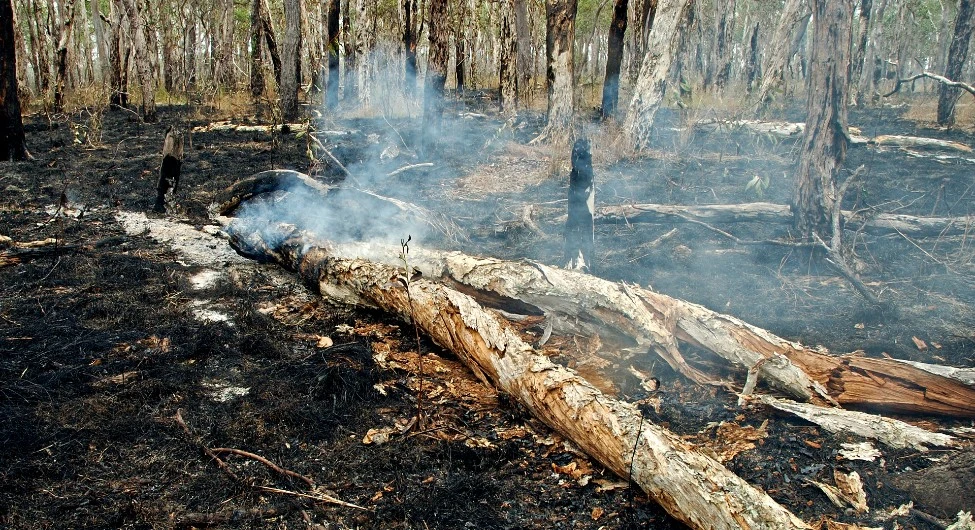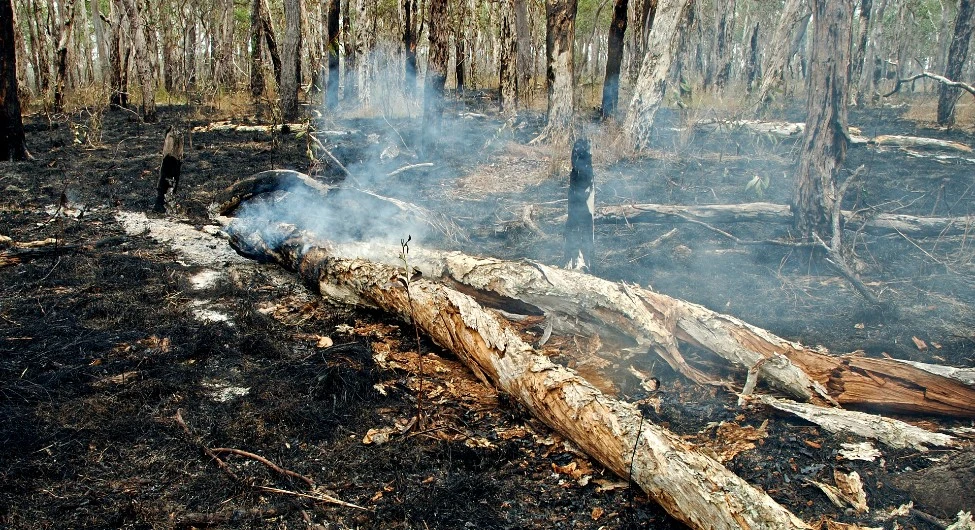Planned burns rather than expensive aircraft will lower the cost of bushfires


The NSW Government committed $38 million to four large air tankers in preparation for one of the state’s most dangerous fire seasons. Available for service this November 2019, the aircraft can unleash 11,300 litres of water or fire retardant in a single flight.
The effects of bushfires are devastating, so it’s important to invest in disaster response services. But what if I told you we could save $228 million by investing that $38 million in planned burns?
In a 2014 report by Deloitte Access Economics, planned burns were found to reduce the cost of response and recovery services by a factor of six. To highlight just one example, toxic particles emitted in the air during a disaster cost $8 million to public health — prescribed burns alone bring this figure down to $4 million.
At an estimated cost of $50 million annually to the NSW government and $411 million across Australia, state governments stand to make a large saving by increasing the amount of planned burns. But, despite recommendations by the Victorian Bushfire Royal Commission, the total amount of planned burns have decreased in recent years.
Spending money on an emergency we can’t predict and asking communities to tolerate smoke is a tough case to make. It’s especially hard to pitch to an increasingly urban population which must prioritise other issues such as healthcare.
However, with more evidence linking climate change to more frequent and dangerous bushfires, Australians face a long-term trend that must be managed.
In early October 2019, NSW experienced a devastating start to the fire season with two lives lost and 64 houses destroyed in the state’s north in Belmont, just 10 kilometres south of Newcastle. It was early August, still winter, when the first bushfire of the season occurred on NSW mid-north coast.
Without accounting for the effects of climate change, the Climate Council predicts bushfire recovery costs will double by mid-century to more than $100 million per year due to the increasing frequency and severity of bushfires. Drier conditions associated with longer bushfire seasons add even more pressure to fire and emergency services. Not only must they respond to more intense fires over a longer period, but the window of opportunity to learn from previous seasons and prepare for the next season goes down with it.
Calling on personnel and equipment from our counterparts in the northern hemisphere also becomes more difficult because of the greater overlap of our fire seasons. This reduces access to highly specialised fire response aircraft from abroad and increases the cost of responding locally.
Bushfires have a wide range of implications. They destroy properties, produce harmful pollutants which enter the air and waterways, cause loss of wildlife and, in worst case scenarios, result in serious injury or death.
For communities that are directly affected, the psychological effects can be felt for decades.
With more Australians living on the borders of our national parks, we need to reverse the decreasing trend of planned burns. Reducing the amount of dry vegetation or fuel load in our forests is a crucial step to avoid large bushfires fires during summer.
While it may be too late into this season to undertake planned burns, we need to be mindful that while it is more pleasant to have great air quality through the off-season, including in our harbour city, a bit of planned smoke may be a small price to pay for the unplanned smoke that could escalate in the height of summer.
This article first appeared on The Mandarin on 30.10.2019 https://www.themandarin.com.au/119226-planned-burns-rather-than-expensive-aircraft-will-lower-the-cost-of-bushfires/
This article also appeared on the Cube Group website on 30.10.2019.


